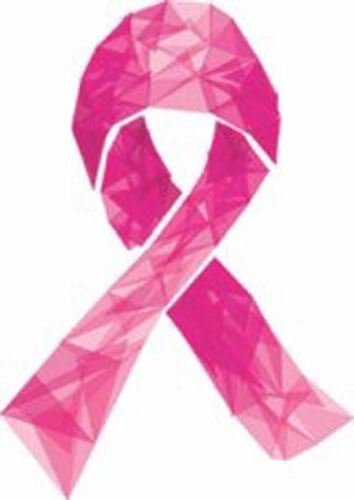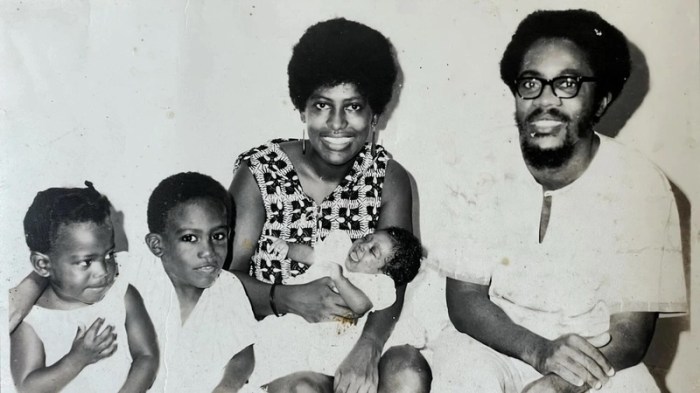In addition to scheduling clinical screenings and mammograms, women should routinely examine and massage their breasts to detect any abnormalities. These breast self-exams can be an important part of early breast cancer detection.
Although many women are aware that they should become familiar with their bodies, many are unsure about just how frequently they should conduct breast examinations. Experts at Johns Hopkins Medical center advise adult women of all ages to perform self-examinations at least once a month. That’s because 40 percent of diagnosed breast cancers are first detected by women who feel a lump. Establishing a regular breast self-exam schedule is very important.
Begin by looking at the breasts in a mirror. Note the size and appearance of the breasts, and pay attention to any changes that are normal parts of hormonal changes associated with menstruation. Breasts should be evenly shaped without distortion or swelling.
Changes that should cause concern include dimpling, puckering, or bulging of the skin. Inverted nipples or nipples that have changed position, as well as any rash or redness, should be noted. In addition, the same examination should be done with arms raised over the head.
The breasts should be felt while both lying down and standing up. Use the right hand to manipulate the left breast and vice versa. Use a firm touch with the first few fingers of the hand. Cover the entire breast in circular motions. The pattern taken doesn’t matter so long as it covers the entire breast. All tissue, from the front to the back of the breast, should be felt.
The same pattern and procedure should be conducted while standing up. Many women find this easiest to do while in the shower.
It is important not to panic if something is detected. Not every lump is breast cancer. And bumps may actually be normal parts of the breast, as certain areas can feel different than others. But bring any concerns to the attention of your doctor.
Breast self-exams are a healthy habit to adopt. When used in conjunction with regular medical care and mammography, self-exams can be yet another tool in helping to detect breast abnormalities. Doctors and nurses will use similar breast examination techniques during routine examinations.























